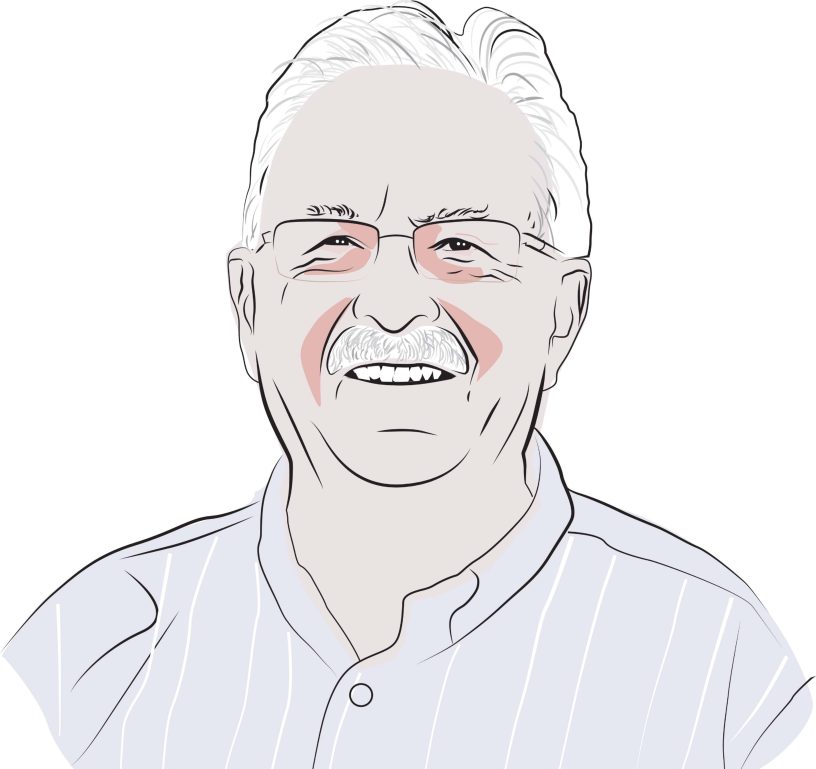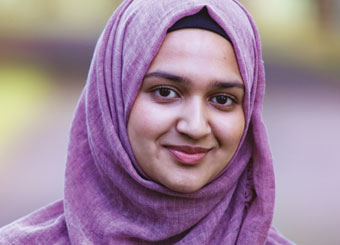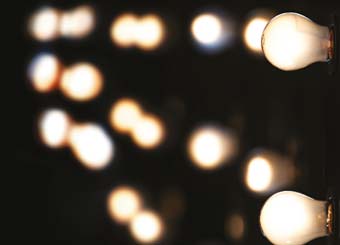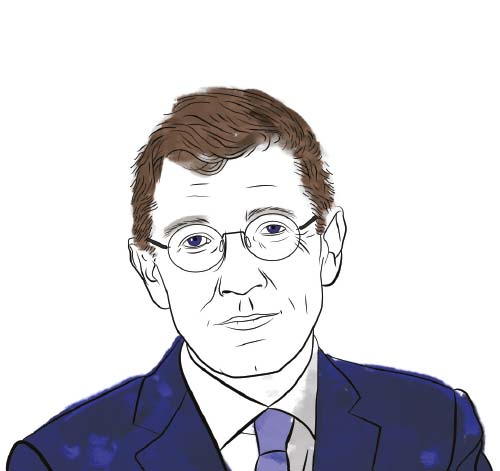For 60 years, Manchester has been a leader in the field of development studies. Professor David Hulme from the Global Development Institute looks at what we’ve learnt.
When the University founded its Development Studies department in 1958, 64% of the world lived in extreme poverty. Sixty years later, the figure has reduced to 10%. While that’s still 700 million people too many, we shouldn’t lose sight of the fact that over the last 20 years, more people have escaped from extreme poverty than at any time in history.
These profound shifts haven’t been well reflected by the media, or even most development charities, so the public’s mental models and language urgently need updating. The accelerating changes around the world mean we constantly have to respond and adapt to realities and issues on the ground.
In 2016 Development Studies at the University was brought together in our Global Development Institute. Whereas in the past we might have referred to ‘international’ development, with the implicit connotation that the ‘west knows best’, the critical issues in today’s world often require a global response. Migration, climate change, the digital economy, urbanisation and trade networks impact all countries. A focus on how these issues affect low-income households is important, but it’s not the whole story.
Countries were once referred to as rich or poor, developed or developing. This binary notion no longer provides a useful analytical view of the world. China, India, Pakistan, Nigeria, Indonesia, Bangladesh and Zambia have all transitioned to ‘middle-income’ status. While they’re still home to plenty of people living just above the extreme poverty line, the increasing wealth (especially among the elite), their expanding middle classes and growing international influence mean they’re very different places today.
The concept of ‘global’ development better captures the complex and often interdependent challenges that all countries now face. The 17 Sustainable Development Goals (SDGs) agreed at the UN in 2015 set out a broad, holistic range of issues that all countries have agreed to tackle. The SDGs require that rich countries and rich people change their behaviours: lowering their levels of resource consumption and greenhouse gas emissions.
And yet many who had hoped that a blurring of the north-south divide would lead to a much more equal world are likely to be disappointed. Across various aspects of economic development, human development and the environment, some reduction in inequalities between countries has been overshadowed by vast and often growing inequalities between people who are near‐ neighbours within countries.
There’s increasing evidence that growing inequality doesn’t just create social problems within societies; it also depresses economic growth that is critical for poverty reduction. Oxfam estimates that last year 82% of wealth created worldwide went to the top 1%. The poorest half of humanity saw no gains at all.
Changing patterns of global inequality and new geographies of development under globalisation demand a shift in our thinking. We all live in ‘one world’ – albeit with major inequalities – not in a ‘north’ or ‘south’, or in First and Third Worlds.
Reducing inequality in every country will be difficult. But a growing tide of protest and its consequences (sometimes socially progressive, sometimes regressive) may persuade the 1% that they will not get the world they want for their grandchildren if business continues as usual.
Professor David Hulme, Executive Director of the Global Development Institute.
Read ‘From International to Global Development: New Geographies of 21st Century Development’ by Dr Rory Horner and Professor David Hulme.
Watch a short documentary celebrating 60 years of development studies at The University of Manchester.
Global Inequalities is one of our University’s research beacons.





